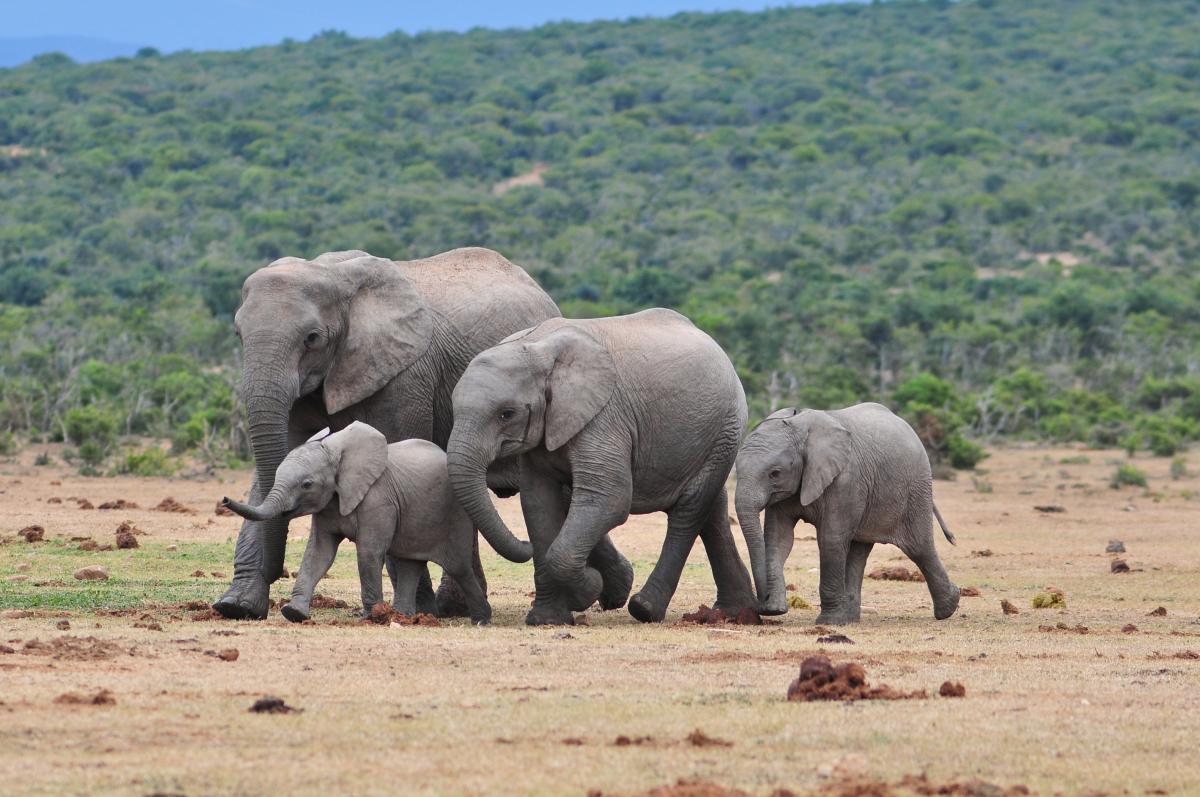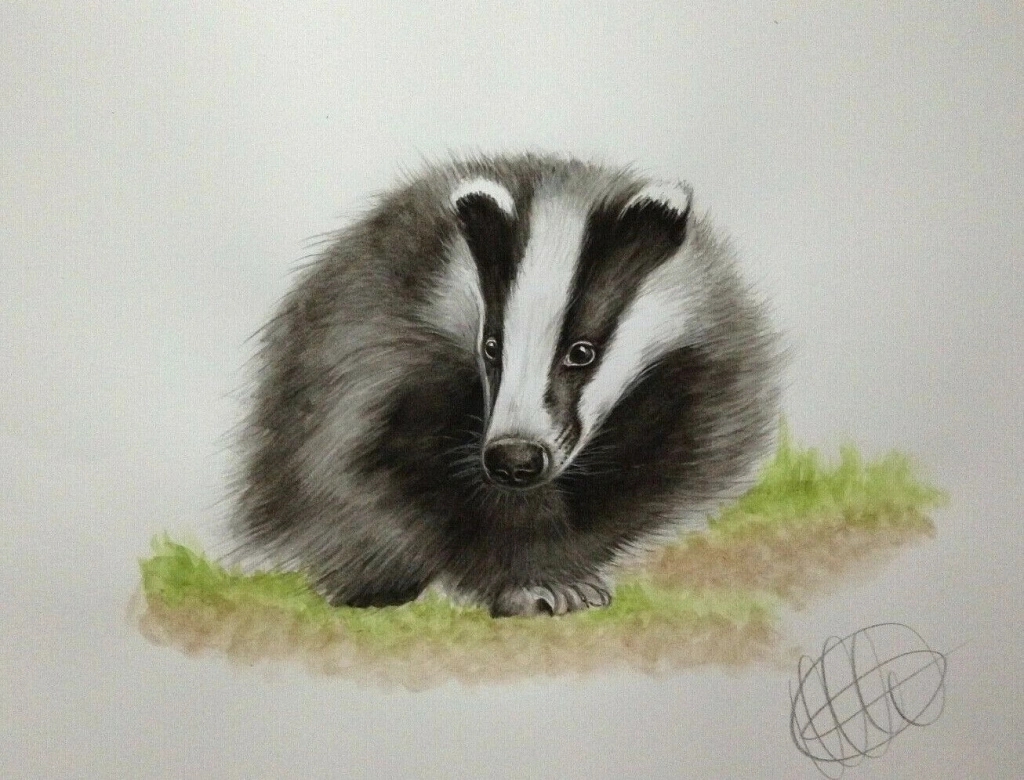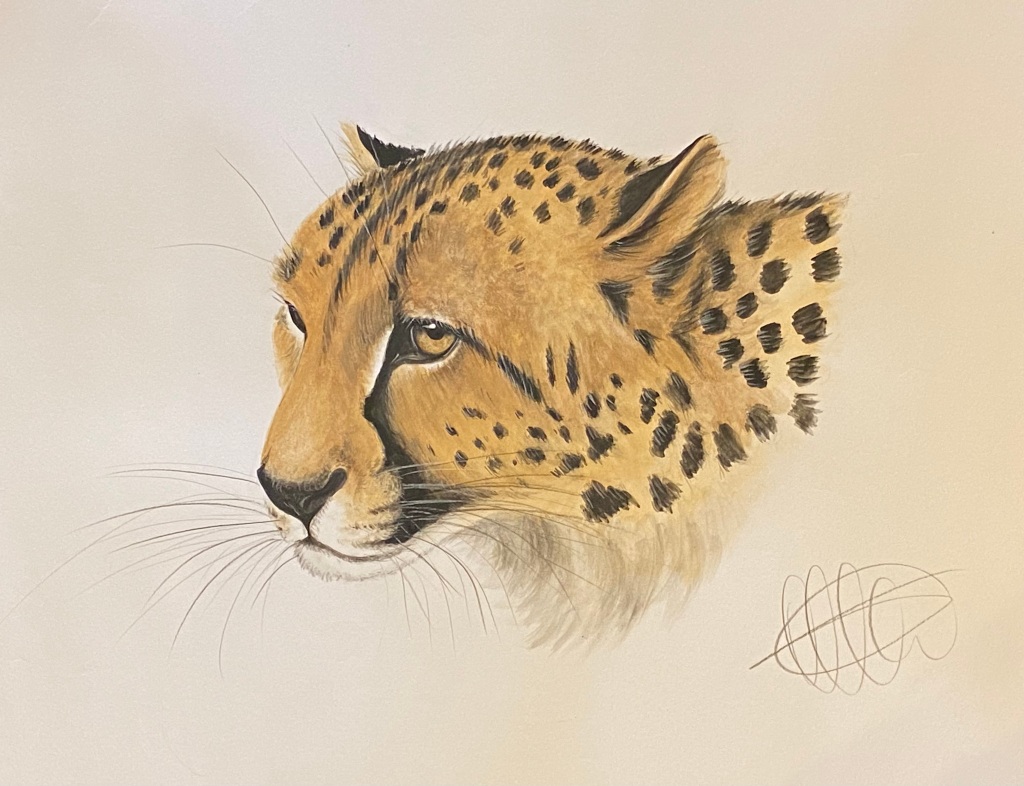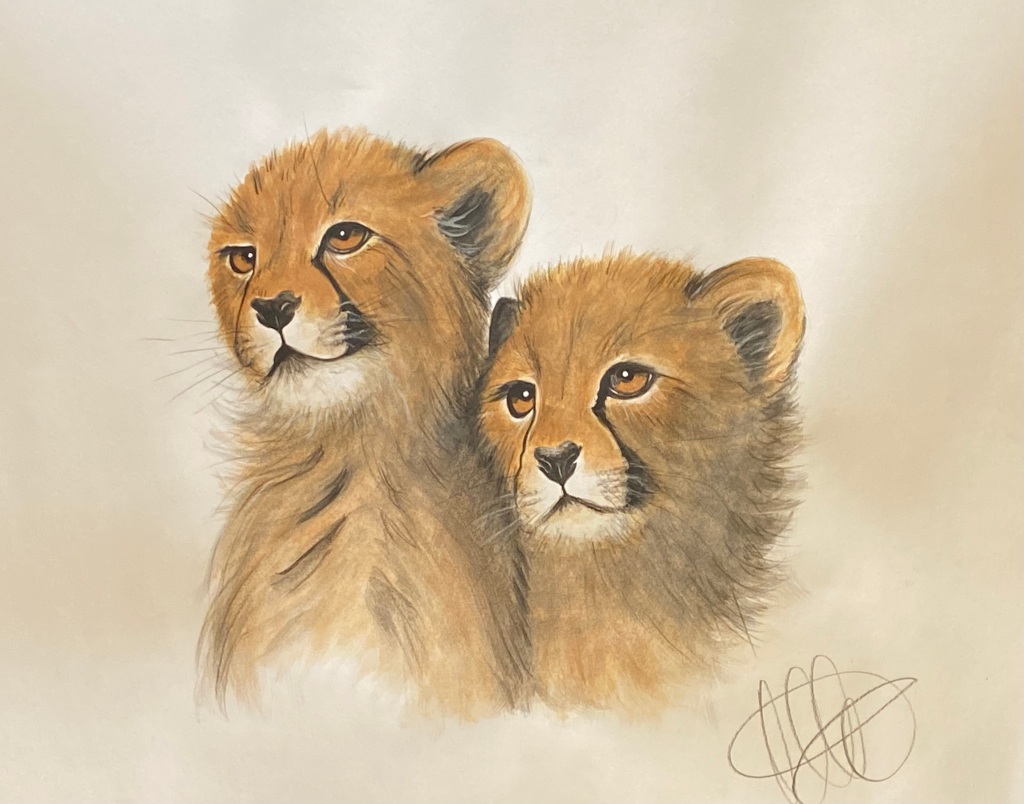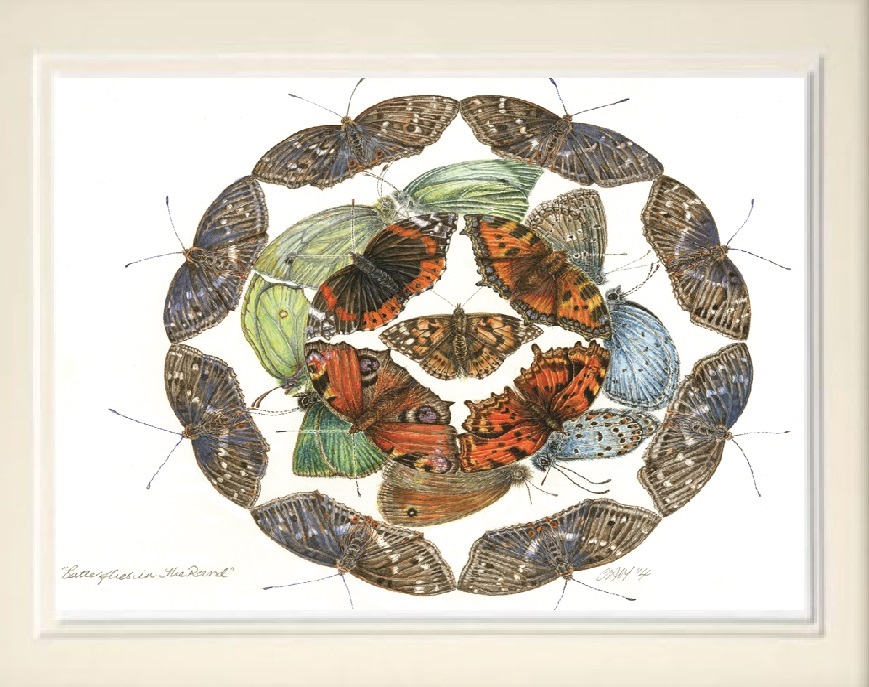
Three-year-old Aysa and her three cubs have arrived at their new Yorkshire home after travelling 2,000 miles. The animals spent nine months confined without seeing the sky before being driven from Poznan, Poland, to establish their new residence.
Emi, Santa, and Teddi, the Lion cubs, saw grass, trees, and birds for the first time since their mum Aysa managed to evade Russian Bombs in Donetsk a year ago.

The cubs have little experience of the outside world, the park said, after being held in small indoor enclosures.
Bex Brown, 34, head of the carnivore section at Yorkshire Wildlife Park, was thrilled by the sight. She shared: “It’s incredible. This is what dreams are made of. As a child all you want is to help animals and now I’m part of this wonderful rescue.”
Teddi was the first to venture out of his box into a tunnel which leads to a holding area while Colin Northcott, the deputy head of carnivores, used the Polish word for ‘come’ to encourage him to move. Unsurprisingly, Teddi didn’t hesitate and ran straight into the pen where he kept low in the straw.

Emi and Santa took longer to join, requiring about five and twenty minutes respectively. Initially, they were seen staying close together but soon began interacting playfully with logs within the cage.
Aysa, who was settled in an adjacent cage, appeared the calmest among all, instantly settling into her space, moving towards the front of the enclosure and appearing intrigued by the sky above. She also took notice of all the rangers around, seeming to recognise Colin specifically.
But they had to be split up when Aysa got upset with one of them in their small space. The cubs and their mum lived next to each other in little concrete pens. They might not have run around freely before.
Yorkshire Wildlife Park worked hard for seven months to bring them to the UK. They arrived in Yorkshire at night, but it was too dark to let them out. So they saw their new home when the sun came up on Thursday. The park rangers really like the four new Lions.
Asha was all alone and didn’t have enough food during the war until she was rescued. She had her babies in October 2022.
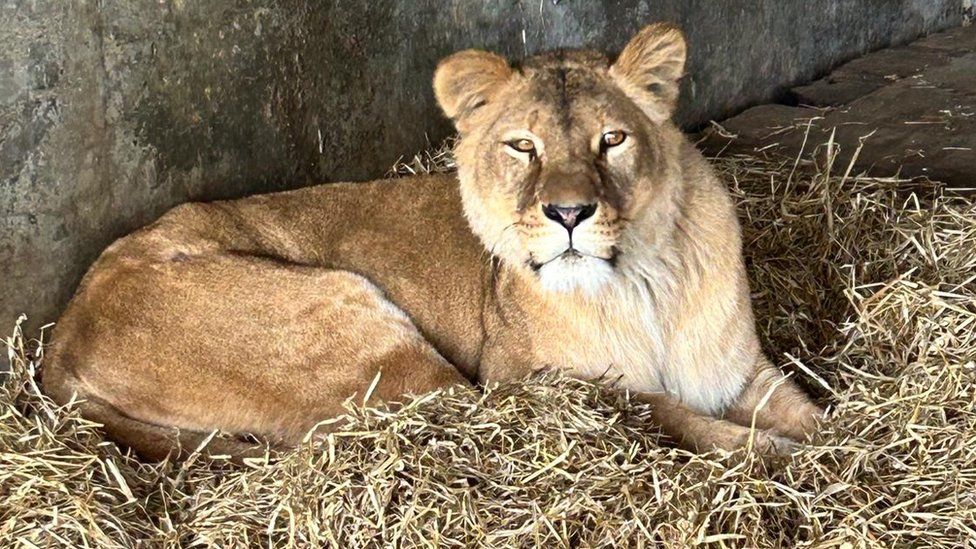
Colin, watching them get used to their new place, said: “I’m over the moon, overjoyed they are finally here. And I am totally amazed at how quickly they’ve settled in. The cubs were playing with the logs together within minutes of being reunited.
“Now I can’t wait until they are settled enough to run around, walk on the grass and smell the fresh air. It’s overwhelming to finally have them here with us and the public are going to love them. This is a massive new world for them and it’s going to be really scary at first.
“Even the language they hear will be different. I’m trying to learn a few words in Polish to make them feel more at home. But I can’t wait for them now to run around playing, walking on grass for the first time, seeing the water and the sky. It will be incredible.
“Poznan Zoo did an amazing thing rescuing them and they looked after them really well, they look so healthy and fit. But it pulled at my heartstrings seeing them unable to enjoy the fresh air and the outside world.
“The rangers over there were also really keen for them to get more space. It’s like she’s been here for years! She is such a sweetheart. Of the cubs, Santa is the largest and most dominant.
“I’m really happy with their condition and how calm they seem. I didn’t expect that at all. When I saw them in Poznan they were terrified.”
In Poznan, the traumatised cubs would hiss at strangers. They could hear their mum calling as she paced in the pen next door but couldn’t see her.
In Yorkshire they will soon be reunited as their holding pens are separated by a panel that can be removed to reveal a mesh barrier. The rangers have a plan to eventually release the lions into an eight-acre enclosure filled with waterfalls and caves. Cheryl Willams, 61, co-founded Yorkshire Wildlife Park in 2008, along with her husband Nev, business partner John Minion and his father Stephen Minion.
They wanted to create a zoo that was a “guilt-free” experience. The park, located at Auckley, near Doncaster, has been very successful and is well-known for its work in animal conservation. This will be The Pride of Yorkshire 2 as they carried out the biggest ever rescue of Lions in 2010 when they flew 13 lions from terrible conditions in a Romanian zoo.

Now, only two of those rescued Lions remain, Crystal and Carla, who are both 17 years old. Cheryl and John said the rescue was funded by the public and they said it was important their ‘Lion Country’ remained for animal welfare use.
“It’s remarkable how calm they are,” she said. “They are just sat there looking at us, at the moment. They seem fascinated by their surroundings. I think people are going to absolutely love the Lions because people love a happy ending like this.
“And people also love characters and you can see already how they are all so different. I really can’t wait for people to be able to see them in a few weeks time.”

WHAT YOU CAN DO TO HELP WILDLIFE
You can support ‘Protect All Wildlife’ many projects by donating as little as £5 – It only takes a minute but it can last a lifetime for an animal in need. Please donate below.
Donate Here: Please Help Animals In Need
Everyone who donates will receive a Certificate of Appreciation as a thank you for helping animals in need.

The Mission of Protect All Wildlife is to prevent cruelty and promote the welfare of ALL animals.
We believe EVERY animal should be treated with respect, empathy, and understanding. We raise awareness to protect and conserve wild, captive, companion and farm animals.
It is vital that we protect animals against acts of cruelty, abuse, and neglect by enforcing established animal welfare laws and, when necessary, take action to ensure that those who abuse animals are brought to justice.
Protect All Wildlife are involved in many projects to protect animals’ rights, welfare, and habitats. Money contributed to Protect All Wildlife supports ALL of our worthy programmes and gives us the flexibility to respond to emerging needs. Your donations make our work possible.


